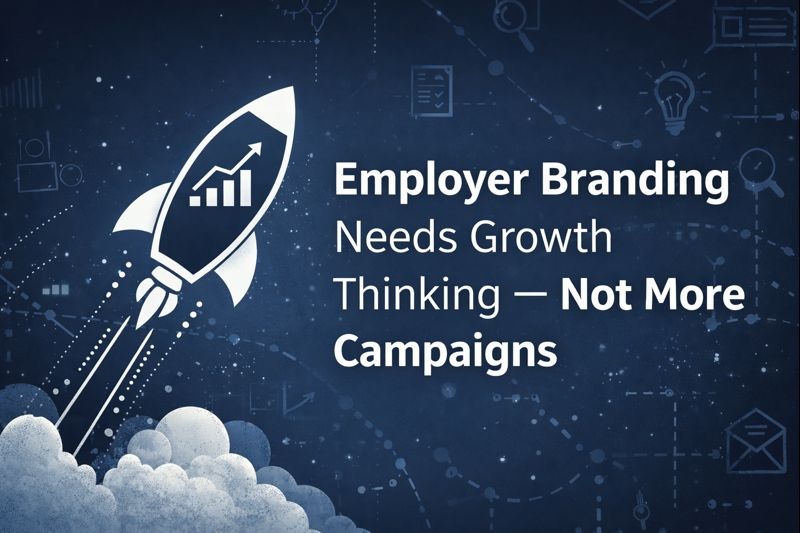Nov27

Apple Inc., a company synonymous with groundbreaking products like the iPhone, iPad, and MacBook, has long been hailed as a beacon of product innovation. However, in recent years, Apple has subtly shifted its focus from purely product-centric innovation to a more holistic approach involving business model innovation. This strategic pivot has not only allowed Apple to sustain its market dominance but also to redefine its role in the technology ecosystem.
Apple's journey began with a strong emphasis on product innovation. The company's co-founder, Steve Jobs, was known for his relentless pursuit of perfection in product design and functionality. This led to the creation of iconic products that revolutionized multiple industries:
These products were not just technological marvels; they were masterpieces of design and user experience, setting Apple apart in a crowded marketplace.
As the market landscape evolved, Apple recognized the need to innovate beyond products. This realization marked a strategic shift towards business model innovation, focusing on the following areas:
Apple began to leverage its massive user base by offering a suite of services. This includes:
These services not only create recurring revenue streams but also enhance the stickiness of Apple's ecosystem, encouraging customer loyalty and increasing the lifetime value of each user.
Apple introduced subscription models for its software and services. This shift from a one-time purchase model to a recurring revenue model ensures a steady income stream and aligns with modern consumer preferences for subscription-based services.
In an era where data privacy is paramount, Apple has positioned itself as a champion of user privacy. This strategic stance is not just a product feature but a core element of its business model, differentiating Apple in a market where competitors often rely on data monetization.
Apple's foray into wearables with the Apple Watch and into financial services with the Apple Card signifies its ambition to innovate across different sectors, leveraging its brand and customer base to disrupt new markets.
Apple's shift towards business model innovation demonstrates a strategic foresight in adapting to market changes. It highlights the importance of not just creating great products but also building a sustainable and scalable business model around them. As Apple continues to evolve, it serves as a case study for other companies looking to balance product and business model innovation.
In conclusion, Apple's journey from a product-centric to a business model-centric approach is a testament to its ability to innovate and adapt. This transition has not only sustained its growth but has also set a new benchmark for how companies can remain relevant and competitive in a rapidly changing business landscape.
We help medium-sized businesses innovate and make measurable progress towards their business outcomes so their companies thrive.
Over the years, we’ve used proven Innovation & OKR processes to generate tangible business outcomes in 12 weeks ️ for companies including Roche, IBM and many others.
Stay ahead of the competition. Learn more and contact us now
By Andrew Constable MBA, XPP, BSMP
Keywords: Business Strategy, Innovation, Leadership
 Concrete’s Carbon Problem and the Race to Fix It
Concrete’s Carbon Problem and the Race to Fix It Employer Branding Needs Growth Hacking — Not More Campaigns
Employer Branding Needs Growth Hacking — Not More Campaigns The Wireless Renaissance: From Tesla’s Dream to Agentic Autonomy
The Wireless Renaissance: From Tesla’s Dream to Agentic Autonomy Collective Resonance: How Consciousness Scales Beyond the Individual
Collective Resonance: How Consciousness Scales Beyond the Individual Autonomous Wingmen: Scaling Sustainable Aviation via NVIDIA NAT and Formation Flight
Autonomous Wingmen: Scaling Sustainable Aviation via NVIDIA NAT and Formation Flight